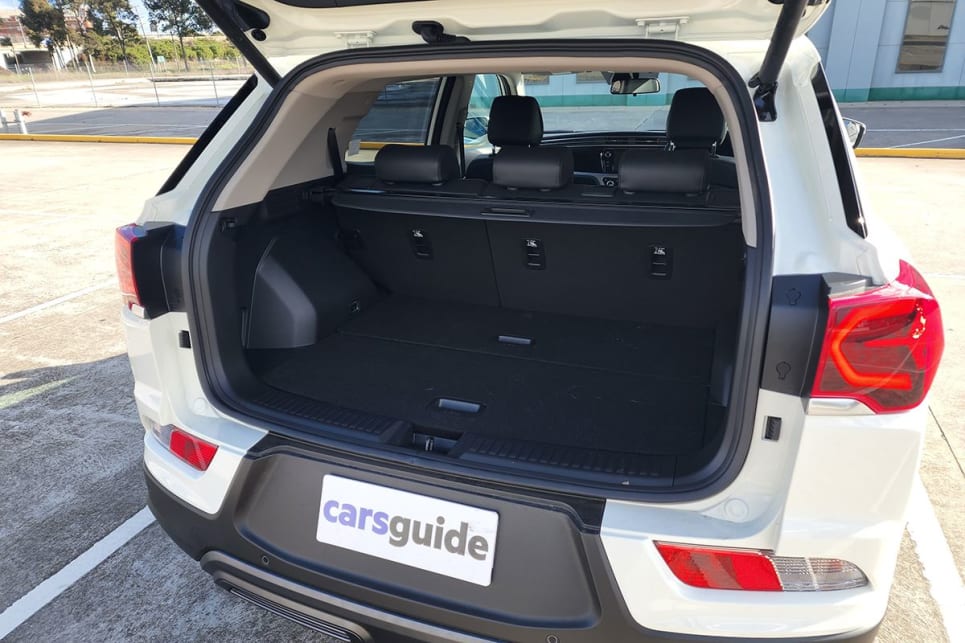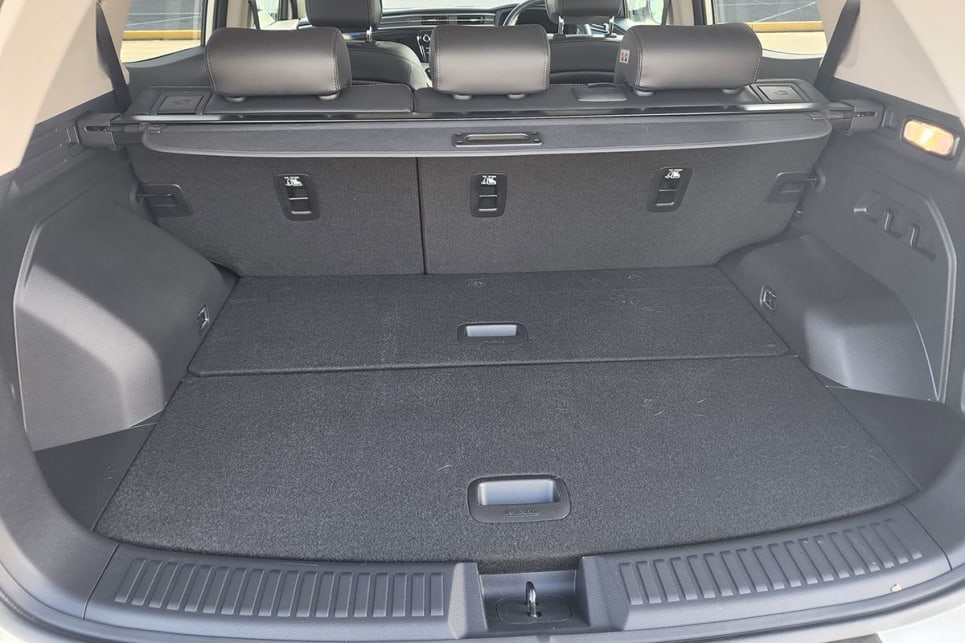SsangYong’s Korando range kicks off at $29,990 driveaway for the EX grade, and tops out at $40,990 for the Ultimate Diesel that we have on test here.
While nearly $40,000 might seem like a lot to spend on a SsangYong mid-size SUV, the Korando Ultimate Diesel is actually the most affordable oil burner in its class, competing against the Hyundai Tucson (from $45,400 before on-road costs), Kia Sportage (from $39,845), Mazda CX-5 (from $45,880), Peugeot 3008 (from $53,540) and Volkswagen Tiguan (from $55,990).
So, for those after a diesel SUV for the family on a budget, the SsangYong Korando should definitely be on your list.

And don’t think that SsangYong has skimped on the equipment to bring the price down either, as there is a long list of standard gear that includes 19-inch wheels, front and rear fog lights, auto-folding mirrors, heated and cooled front seats, LED daytime running lights, rear privacy glass, a sunroof, dual-zone climate control, heated steering wheel, power adjustable front seats, and push-button start.
The multimedia system measures 8.0 inches, and features touchscreen functionality with Apple CarPlay and Android Auto support.
There’s also a 10.25-inch all digital instrument cluster that lets you adjust the readout to display the information you want.

However, with a small family to juggle, it’s the powered tailgate and keyless entry that were appreciated the most, as well as the biscuit-crumb-resistant leather seats.
All in all, the Korando is fitted with a comprehensive list of equipment that would make similarly-priced offerings from Hyundai and Kia jealous, but there are a couple of glaring omissions – digital radio and a wireless smartphone charger.
To be fair, wireless charging is a nice-to-have feature – not a must have – but in 2022 when technology is quickly becoming the focus for new vehicles, it is strange to see both of these items not included on the top-spec variants of new vehicles.























